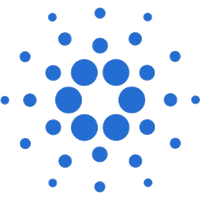Cardano Explained
Introduction to Cardano
4.0
What problem does Cardano solve?
Name: Cardano
Symbol: ADA
Cardano was built by a team of professionals including researchers, scientists, and engineers that took a strictly scientific approach. It was built with the aim of providing more enhanced and advanced functions of all other cryptocurrencies combined. The creators are adamant to roll out their own stack of technology that could support the implementation of smart contracts and to build a platform where developers can work on their decentralized applications (DApps). The blockchain also aims to achieve interoperability between other cryptocurrency blockchains (Kiayias, 2019).
Ivan on Tech: What is Cardano ADA? Programmer explains.
What is Cardano
1.7
What does the cryptocurrency Cardano actually do?
Cardano has adopted a policy of research-first for all of its products. The underlying technical aspects of the Cardano platform have already been peer-reviewed and scientifically approved, but there’s no finished product yet released that supports the developed version of the scientific techniques. In terms of decentralization, Cardano has failed to release any product that proves that the blockchain is free from the control of any governing authority (Undersearcher, 2019). Up till now, the Cardano blockchain was centralized and was being controlled by IOHK Company (Maurya, 2018).
Who is behind Cardano
3.6
What team is working to make Cardano successful?
The founding body of Cardano is the Cardano Foundation and their team consists of capable research-oriented individuals. Charles Hoskinson is considered the main lead of the Cardano project that commenced in 2015. Charles Hoskinson was also a co-founder of Ethereum. He moved to the Cardano Foundation to pursue his technical ambitions of building his own cryptocurrency. He praises the academic research-first policy of the Cardano Foundation (Undersearcher, 2018).
The Cardano Foundation claims that there are over 50 developers that are working full time on developing the blockchain and its products. These include researchers, scientists, and engineers (Mitchell, 2019).





















